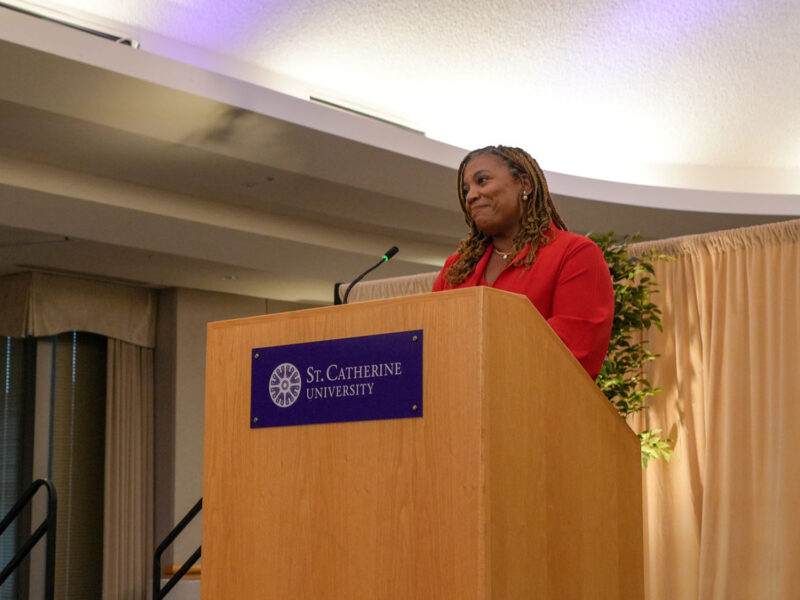Why Tax Time is the Right Time to Talk Charitable Giving
Eight tips to start the conversation with your clients
With the deadline to file 2019 federal tax returns extended to July 15, tax season is still upon us, and it's the perfect time to talk with your clients about charitable giving.
While clients are filing 2019 taxes, you have a chance to help them consider how charitable giving affects how much they owe the IRS or will see in tax refunds. What you learn together can provide a foundation for a strategic charitable giving plan that could improve their tax situation for 2020. While your clients may not be thinking about next year's taxes yet, you should be.
Here are eight tips to start the conversation about charitable giving:
- Don’t hesitate to bring it up. You may be like many advisors who worry it’s not your place to discuss charitable giving. But doing so allows you to cultivate broader and deeper relationships with your clients by helping them explore their values.
- Remember that while you can help clients consider the best vehicles or timing for giving from a tax perspective, their underlying motivations to give likely run deeper. Delving into why they give and what causes they care about can result in a more meaningful giving plan.
- Start with some simple questions: Is your client engaged in giving? What motivates them: tax benefits, a cause, relationships, something else?
Questions can open a dialogue that allows you to help them accomplish their charitable giving strategically. (See more on how to talk with your clients about philanthropy.) - If your client is already donating cash, explore whether making gifts through publicly traded securities, like stocks, bonds and mutual funds, could reduce their taxes. Keep an eye on their portfolio to help them seize opportunities where low cost-basis securities have appreciated.
- If your client does a lot of year-end giving through publicly traded securities, help them evaluate how these types of gifts could factor into a broader tax planning strategy.
- If your client made donations last year but didn’t qualify for an itemized deduction, consider bundling gifts, also known as gift bunching. The 2017 tax law made it harder for people to reach the threshold amount necessary to itemize their charitable deductions. Bundling gifts allows clients to stack several years of their giving into one year rather than spreading it out over multiple years.
For example, opening a donor advised fund will enable clients to stack their giving into one year for tax purposes, but then distribute that money to charity over multiple years. - If your clients are 70-and-a-half years old or older, they may consider taking advantage of the Qualified Charitable Distribution, or charitable rollover, from their Individual Retirement Account (IRA). Taxpayers in this age group may transfer up to $100,000 annually from their IRAs directly to charity without being subject to income tax on that transfer. Once clients turn 72 and are subject to a Required Minimum Distribution (RMD) from their IRA, charitable rollovers may help them avoid income taxes on those distributions.
- Reach out to a local community foundation like the Saint Paul & Minnesota Foundation as a resource. Our gift planners will chat on the phone or meet in person with you, your clients, or all of you to help explore giving options. They are experts in our community’s needs and giving landscape. They focus on relationships, not just transactions, and will work with individuals, couples or families.









